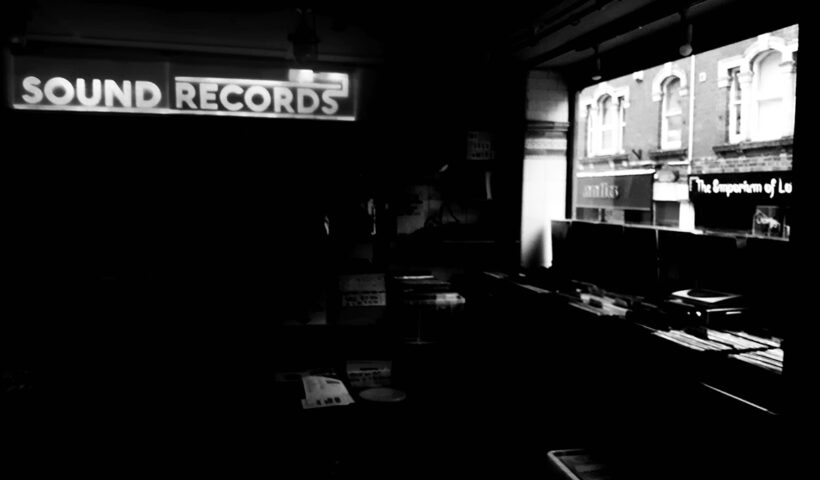The extent to which Mad Max: Fury Road (2015) can be considered a feminist film has been a contentious subject since its release. While a US blogger denounced it as a “feminist piece of propaganda” (Clarey, “Mad Max: Feminist Road”), encouraging men to avoid the film, others have condemned it as un-feminist due to the casting of “scantily-clad models with improbable thigh gaps” to play its central female characters (King, “Not a Feminist Masterpiece”). The film’s depiction of an all-female community, “The Green Place of Many Mothers”, has been another prominent point of controversy, with one reviewer declaring it “essentializing Earth Mother nonsense” (Jones, “Mad Max: Fury Road Isn’t That Feminist”). Essentialism, which is associated with early ecofeminism, “links women with a biological capacity to give birth, and associates this capacity with a greater concern with ecology”, arguing for an innate connection between womanhood and nature, and nature’s salvation. (Hester 37). Men, in contrast, are positioned by eco-feminists as an opposing force to women, with the inborn potential to destroy nature. Maria Mies, for example, holds that “modern techno-patriarchs destroy life […] but they cannot restore life. For that, they still need – as we all do – Gaia, Mother Earth, and Woman” (Ecofeminism 52). I argue, alongside eco-feminist critics, that these essentialist paradigms enforce a gendered dichotomy between nature and technology whereby “men, culture and agency are aligned with human subjectivity” while women and nature are treated as “the object, upon which dominant male-driven culture acts” (Yates 354). This article defends Fury Road as a feminist text against the claims that associate it with the eco-feminist essentialist perspective. Through the presentation of Imperator Furiosa (Charlize Theron) and her defeat of patriarchal despot Immortan Joe (the late Hugh Keays-Byrne), I argue that Fury Road disturbs the gendered binary between nature and technology to redefine “nature” as “technologized space” (Hester 13). Both nature, depicted by the Green Place, and the technology of Immortan Joe’s regime (notably vehicles, weaponry and biotechnology) are re-conceptualised to undo the essentialising view of women’s connection to nature and reproduction and present a utopian vision of liberation from the commodification and objectification of female bodies under patriarchal capitalism. In doing so, I contend that Fury Road re-establishes ecofeminism as a progressive liberatory force, speaking to the film’s central theme of “redemption”.
View More Mad Max: Fury Road: A Feminist Redemption










